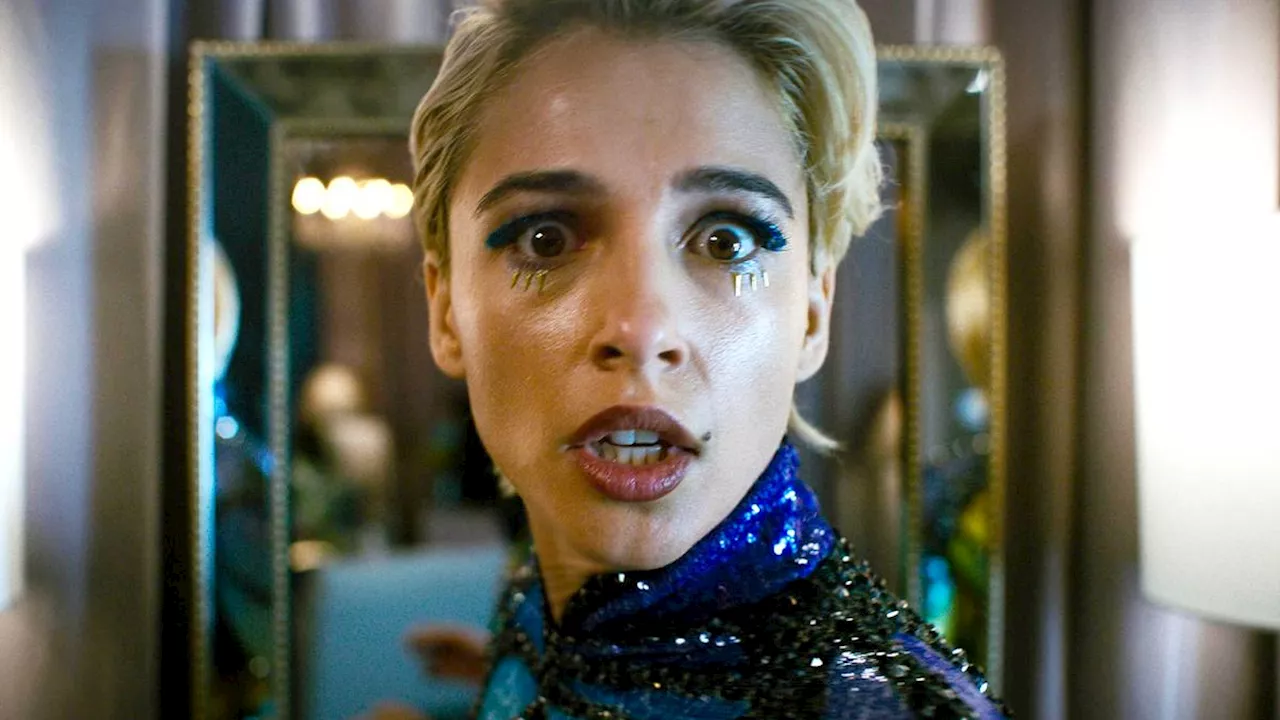Hollywood has long been a breeding ground for creative narratives, but at times, this creativity comes at the expense of scientific accuracy. Two blockbuster films, *Lucy* and *Split*, have attracted attention not only for their commercial success but also for their significant misrepresentations of psychological concepts. Both films, while entertaining, perpetuate myths that can distort public understanding of mental health and cognitive function.
In *Lucy*, starring Scarlett Johansson, the plot centers around a woman who becomes a drug mule and accidentally ingests a powerful synthetic substance. This drug is said to unlock the human brain’s full potential, allowing Lucy to develop extraordinary abilities, from telekinesis to time manipulation. The film hinges on the widely debunked myth that humans only utilize 10% of their brains. Research, including neuroimaging scans, has consistently shown that all areas of the brain are active and engaged, even during sleep. This misconception, often attributed to early 20th-century scientists, has been thoroughly discredited by contemporary neuroscience.
As Lucy’s brain usage increases throughout the film, so do her powers, culminating in an almost god-like state. This narrative misleads viewers into believing that intelligence and cognitive abilities can be dramatically enhanced through a simple drug, neglecting the reality that our neurocognitive functions are shaped by genetics, experience, and education. The notion that there exists a dormant part of our brain waiting to be activated is a fantasy that belongs strictly to the realm of science fiction.
Conversely, *Split*, featuring James McAvoy, tells the story of a man with Dissociative Identity Disorder (DID), who possesses 23 distinct personalities, including a dangerous alter known as “The Beast.” While this psychological condition is complex and often rooted in severe childhood trauma, the film’s depiction leans heavily into sensationalism. DID involves the presence of multiple distinct identities, each with their own memories and behaviors, and switching between these alters can be a disorienting experience for those affected.
The portrayal in *Split* implies a correlation between DID and violence, which is misleading and harmful. According to mental health experts, individuals with DID are not inherently more violent than the general population. The film’s focus on the “frightening” aspects of these personalities reinforces damaging stereotypes that equate mental illness with danger. As a result, it detracts from the serious nature of DID, which is already a contentious and misunderstood disorder in clinical practice.
While some might argue that movies primarily aim to entertain rather than educate, accuracy in psychological representation is crucial. Many viewers form their understanding of mental health based on cultural portrayals rather than scientific literature, which can lead to misconceptions about psychological issues. Both *Lucy* and *Split* had the potential to provide nuanced and informative perspectives but instead opted for dramatic spectacle.
In an era where mental health awareness is increasingly prioritized, the film industry has a responsibility to portray such topics with care. The performances by McAvoy and Johansson were commendable, yet the narratives ultimately missed an opportunity to foster understanding and empathy toward those living with mental health challenges.
The allure of compelling storytelling should not overshadow the importance of accurate psychological representation. As audiences continue to consume entertainment that touches on complex mental health themes, it is essential to promote a more informed dialogue surrounding these issues, ensuring that films contribute positively to public understanding rather than perpetuating harmful myths.
